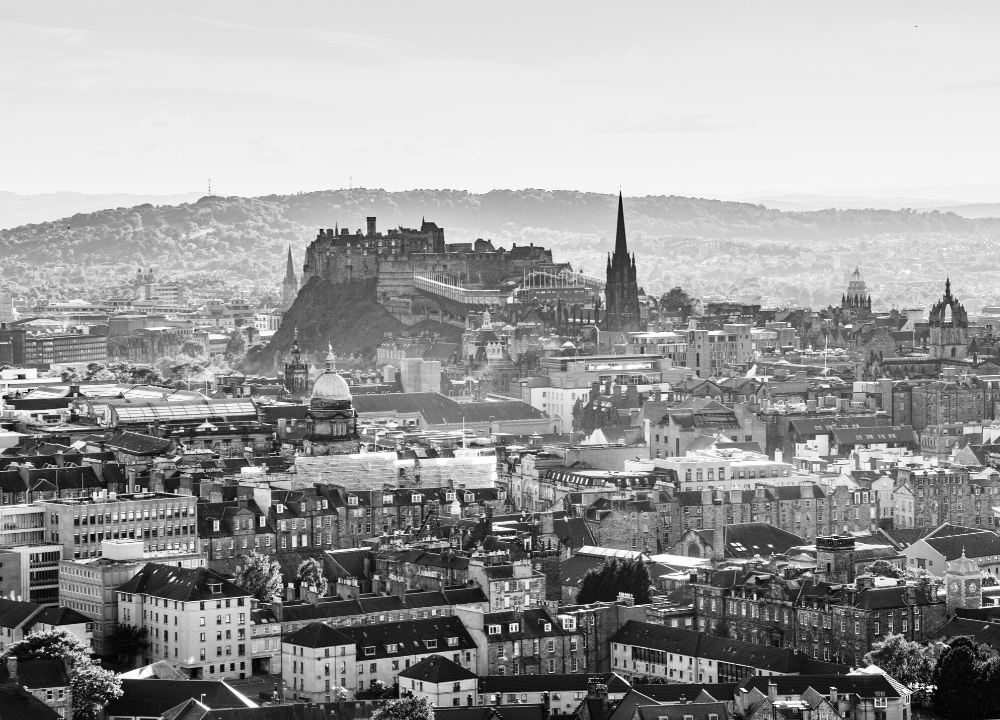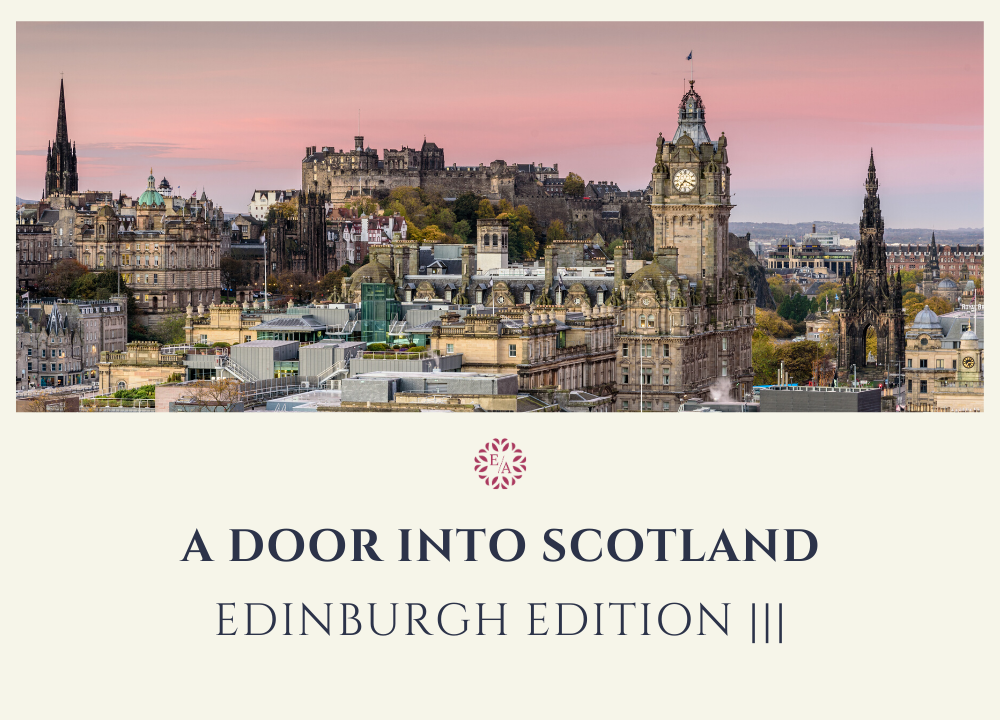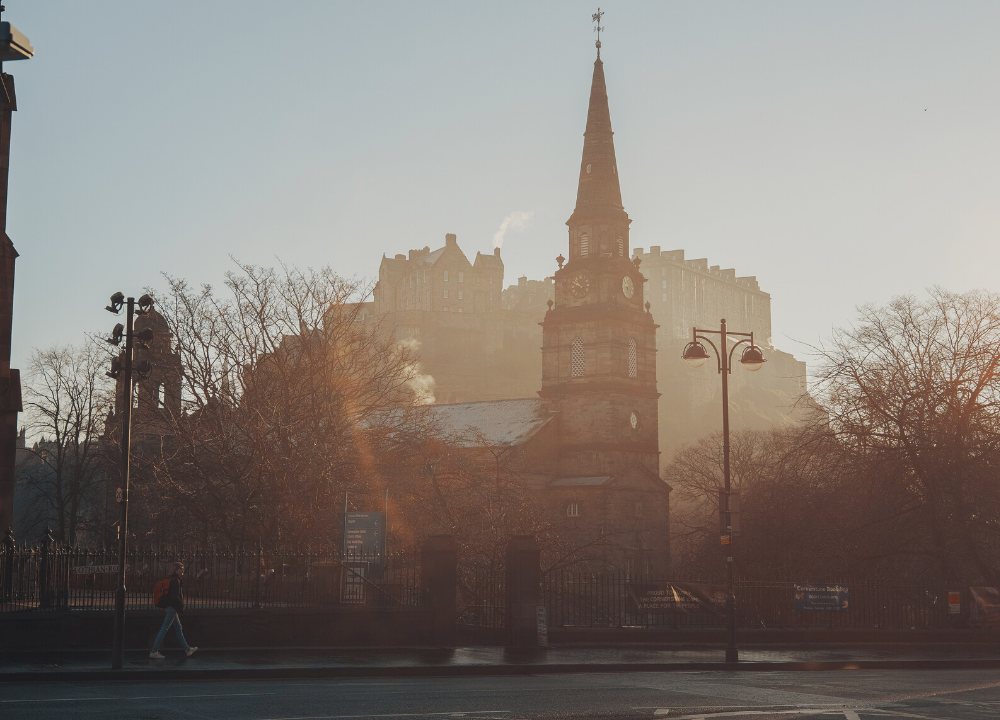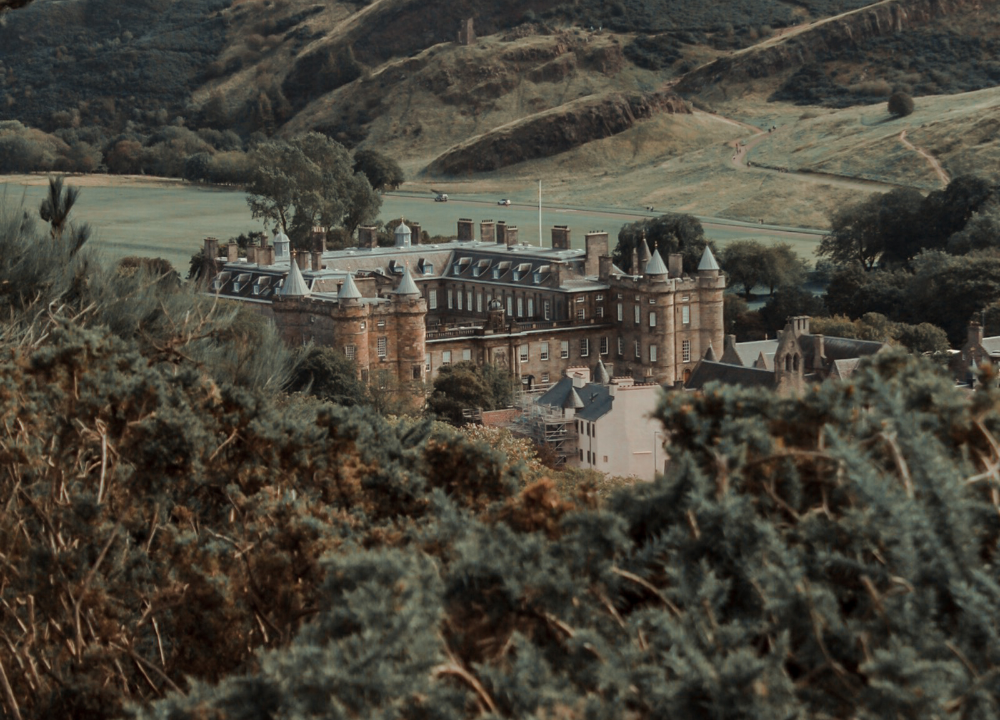Edinburgh Castle Suite @ The Old Town
Edinburgh, Edinburgh & The Lothians
Bedrooms 3 Sleeps 6
Written by Emelie|
Edinburgh Edition: |||

We're answering your questions on some of Edinburgh's most important historical facts.

During the Middle Ages, a small fort called Dun Eiden was built by the Gododdins probably on the Castle Rock, although the exact location is unknown. In the seventh century, the Angles (the tribe which gave its name to England) attacked the Gododdins and invaded the fort. The Angles took the name “Eiden” and joined it to “Burh”, an old English word meaning fort, thus creating the name of Edinburgh. The fort and the region were not re-captured by the Scots until 1018.
340 million B.C.E. – Castle Rock forms after volcanic eruption
900 B.C.E. – Castle Rock is inhabited by humans for the first time
638 C.E. – The city of Din Eidyn is captured by the English and renamed Edinburgh
1070 C.E. – Malcolm III marries an English princess later known as Saint Margaret of Scotland
1130 C.E. – Margaret's son, David I, builds on Castle Rock the edifice that is still standing to this day
The earliest human sites recorded in the Edinburgh area date back to 8500 BC and the first signs of habitation on the Castle Rock, Arthur’s Seat and its surroundings date to 900 BC approximately. The Castle Rock has been occupied since about 1000 BC. Holyrood Park, Blackford Hill, and Craiglockhart Hill all show signs of occupation in the late 1st millennium BC.
The edifice that is known as Edinburgh Castle was built during the 12th century by David I, son of Saint Margaret of Scotland. The tensions between the English and Scottish monarchies nearly always centred on Edinburgh Castle. He who held the castle held rule over the city of Edinburgh and, therefore, over all of Scotland. Consequently, the castle was almost constantly under siege.
The Auld Reekie, as Scotland’s capital city is still sometimes affectionately called today, means ‘Old Smokey‘ in the Scots dialect. The Nor’ Loch, which today is the site of the picturesque Princes Street Gardens, was unfortunately the drainage site for the citizenry’s waste, as well as a popular site for dumping dead bodies. Adding to the loch’s reeking stench was the air pollution from the city’s chimneys and coal fires. The smoke which billowed out created a thick, choking smog over the city. The combination of the Nor’ Loch’s stink and the noxious fog from the city thus became the origins of Auld Reekie.

